“In this world nothing can be said to be certain,” wrote Ben Franklin, “except death and taxes.” Putting aside taxes it is undeniable that death is the final end for each and every one of us in this world. Or is it? Many people believe in ghosts and stories abound of ‘undead’ creatures such as vampires and zombies. However generally such beings are believed to have died but not yet left this world.
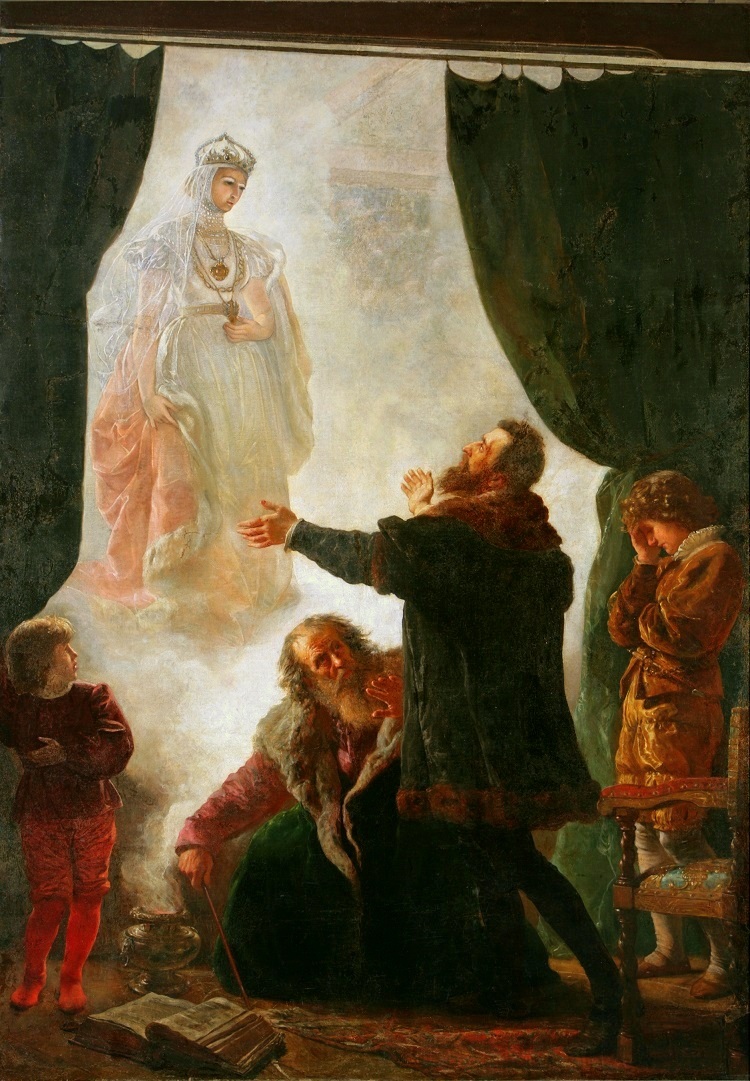
At the same time the mythologies of many cultures also contain stories about heroes or demigods who have entered the underworld and returned. In Greek legends both Orpheus and Odysseus descend to Hades while alive and manage to return. Other figures in other cultures make similar journeys.
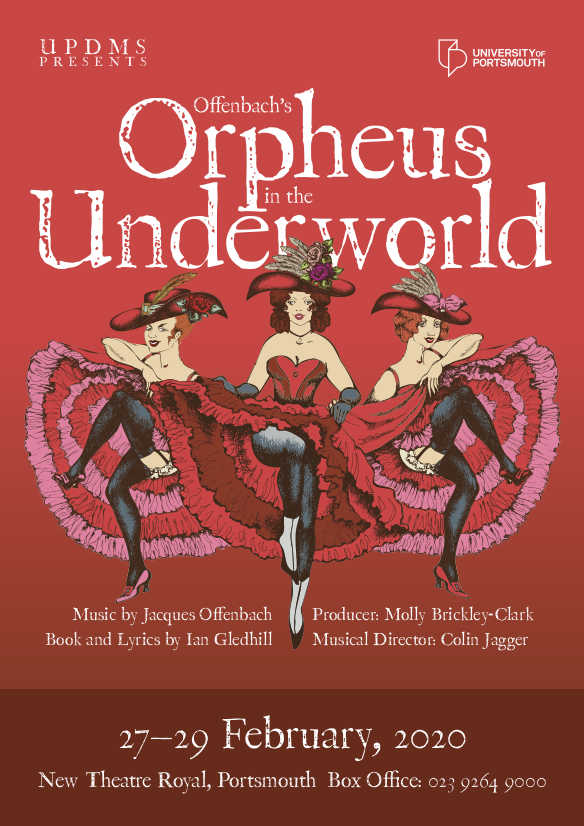
About a hundred and thirty years ago the anthropologist Sir James Frazier collected and analyzed an enormous amount of mythological material from dozens of different cultures. In 1890 he published the first edition in a series of volumes he entitled “The Golden Bough” detailing the results of his studies. I have a copy of the abridged edition, abridged at 827 pages so the entire work is enormous! Sometimes considered the foundation of the study of comparative religion, ‘The Golden Bough’ has always been a very controversial book.
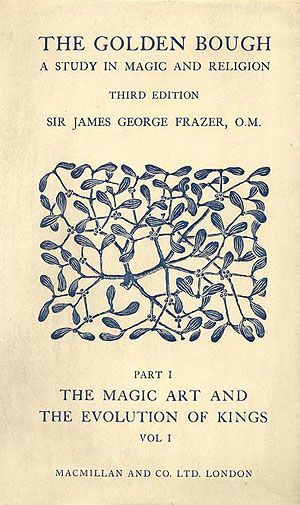
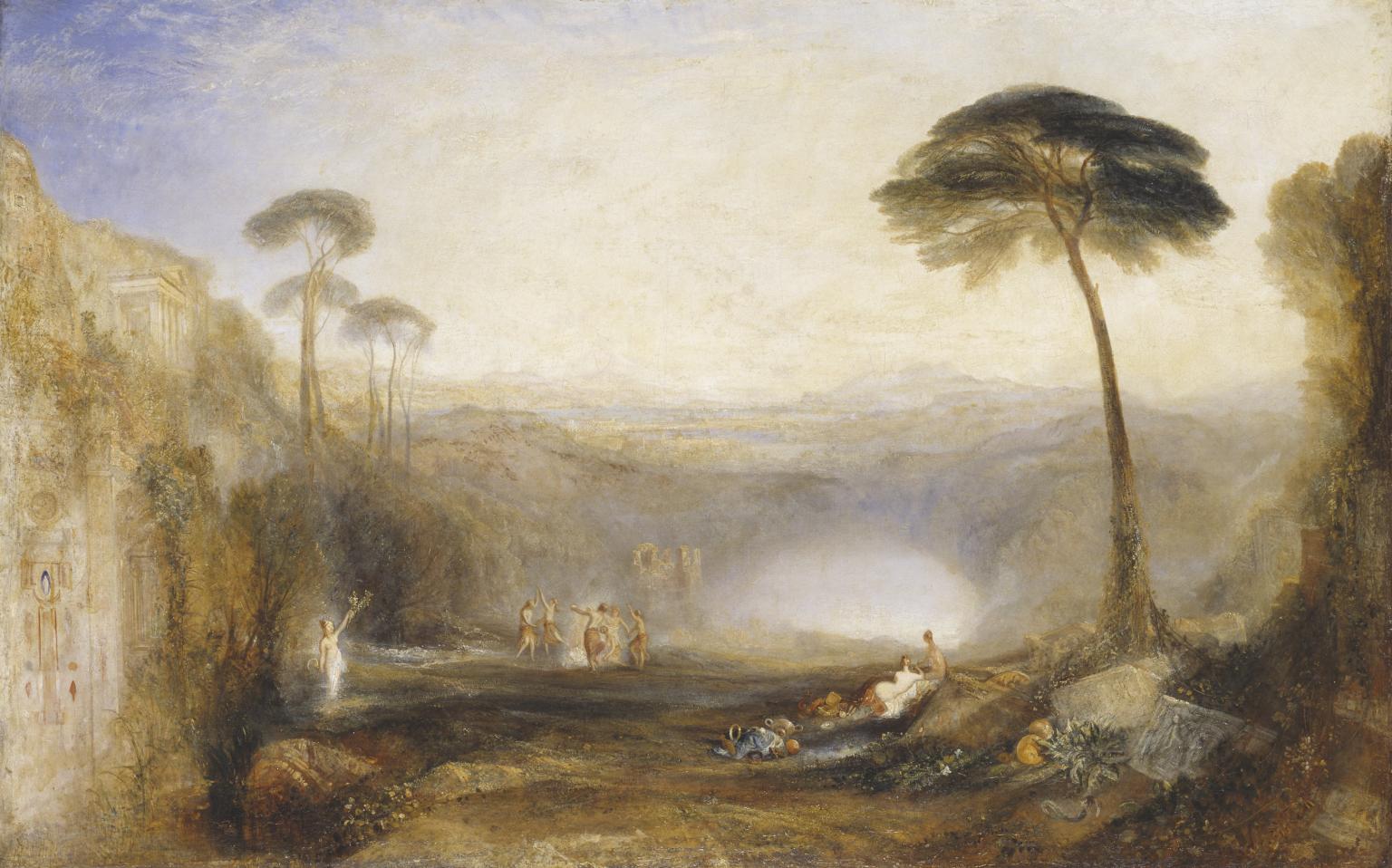
Much of the controversy arose due to Frazier’s definition of a class of deities that he called ‘The Dying and Resurrecting Vegetative Gods’. The basic story for each of these gods contained a violent death of the god that led to a descent to the underworld that was then followed by a return to life for the god. This motif, Frazier maintained, was a mythologized version of the yearly cycle of agriculture with the grain being cut down at harvest, then seeds are planted, then buried from which new plants will sprout. Thus the stories explained the yearly course of the seasons and since the stories are all cyclical you can of course start anywhere in the cycle and still get back to where you started.

The worship of these gods featured a period of morning for the god’s death at the end of harvest time, whenever harvest time occurred in a particular culture, along with a festival of rejoicing for the god’s resurrection when the first sprouts appeared. Frazier identified quite a few gods that he thought belonged to this group including well-known deities such as Adonis, Osiris and the Norse Balder along with many lesser-known mythological figures. The earliest, and therefore the type specimen for the group was a Sumerian god called Dumuzi who is also known by the name Tammuz given to him in the Hebrew scripture.

The whole idea of ‘dying and resurrecting corn gods’ was quite controversial but Frazier went further by linking them directly to the Christian Jesus. So dangerous were Frazier’s ideas that in the years following his death a reaction set in with many scholars criticizing Frazier’s entire category. The critics were aided by the archaeological discovery of the final chapter of the Dumuzi myth at a dig in Iraq, which was translated and first published in 1951. You see the first discovered cuneiform tablets to contain the Dumuzi story were missing the conclusion and to be honest Frazier had merely constructed an ending based on his study of other myths.
When the actual ending was discovered it bore little resemblance to Frazier’s ideas and this, along with other inaccuracies in Frazier’s work led to the category of ‘dying and resurrecting corn gods’ falling into disfavour. Still there was just so much evidence in both myths and rituals that the concept refused to go away.
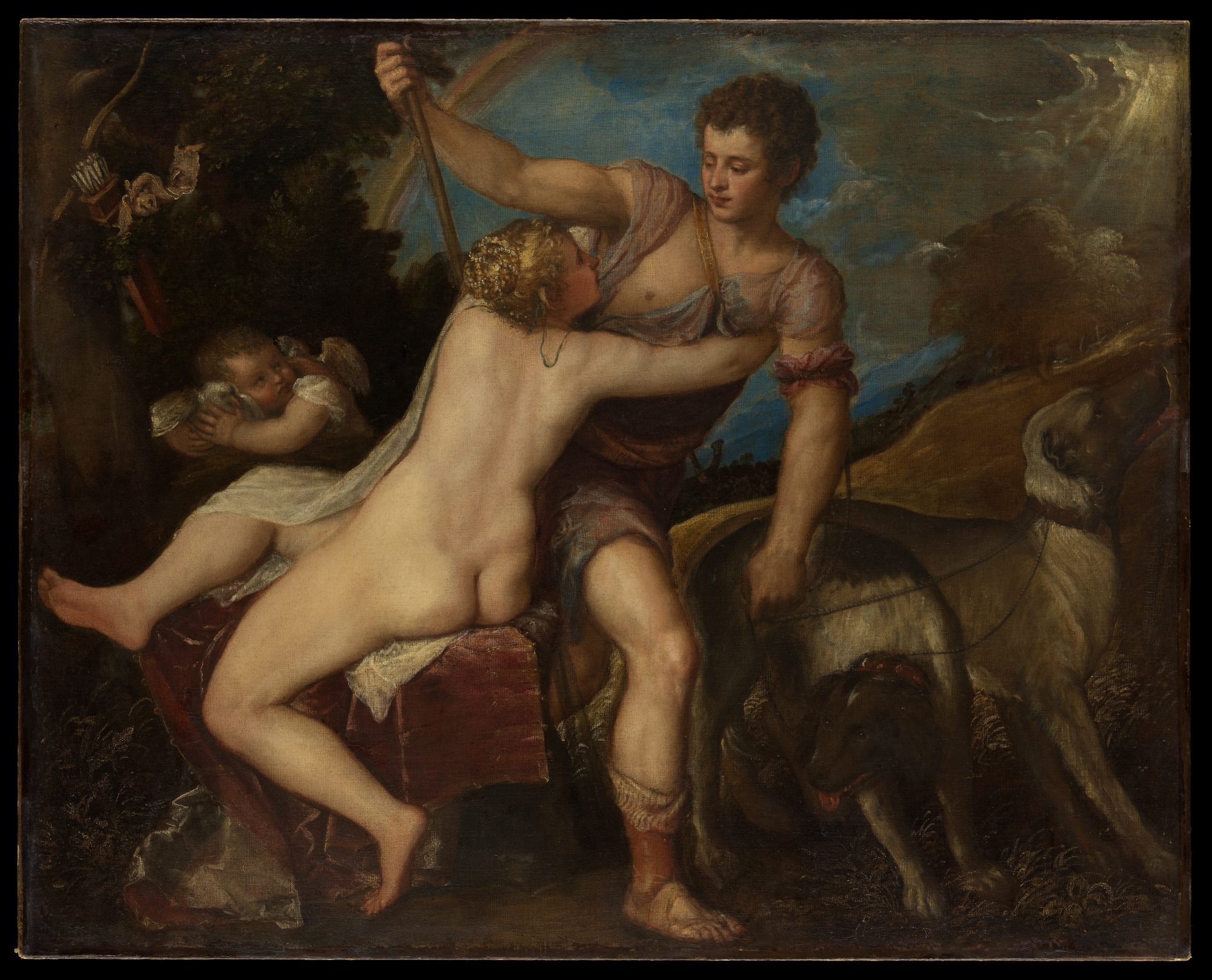
‘The Riddle of Resurrection’ by Tryggven D. Mettinger, Professor of the Hebrew bible at Lund University in Sweden, is a recent attempt to cut through all of the noise and just answer the question, is their even such a class of mythological figures as ‘dying and resurrecting gods’ that can be studied. Unlike Frazier, whose work examined scores of gods from cultures around the World, Professor Mettinger concentrates on just a few mythological figures from the Eastern Mediterranean and Middle East, primarily Adonis, Dumuzi-Tammuz, Osiris, along with the Semitic gods Baal and Melqart. In this way Professor Mettinger can examine the latest evidence for the myths and rituals concerning each deity. Also unlike Frazier, who at times would leap back and forth with evidence from Babylon to the Norse Eddas to ancient Sanskrit, Professor Mettinger sticks to one subject at a time making it much easier to follow his arguments.
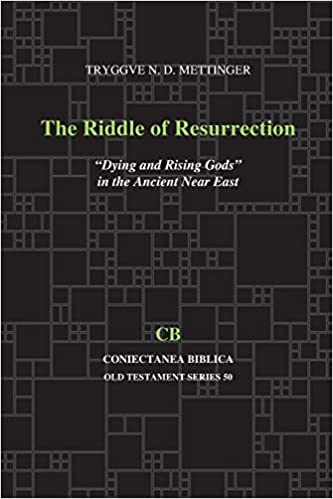
Mettinger also examines the evidence much more critically than Frazier did, at times even discussing the differing translations of critical words found in ancient texts. This makes ‘The Riddle of Resurrection’ a more technically demanding book, it is written primarily for experts in the field, but it also provides greater confidence in Professor Mettinger’s conclusions.
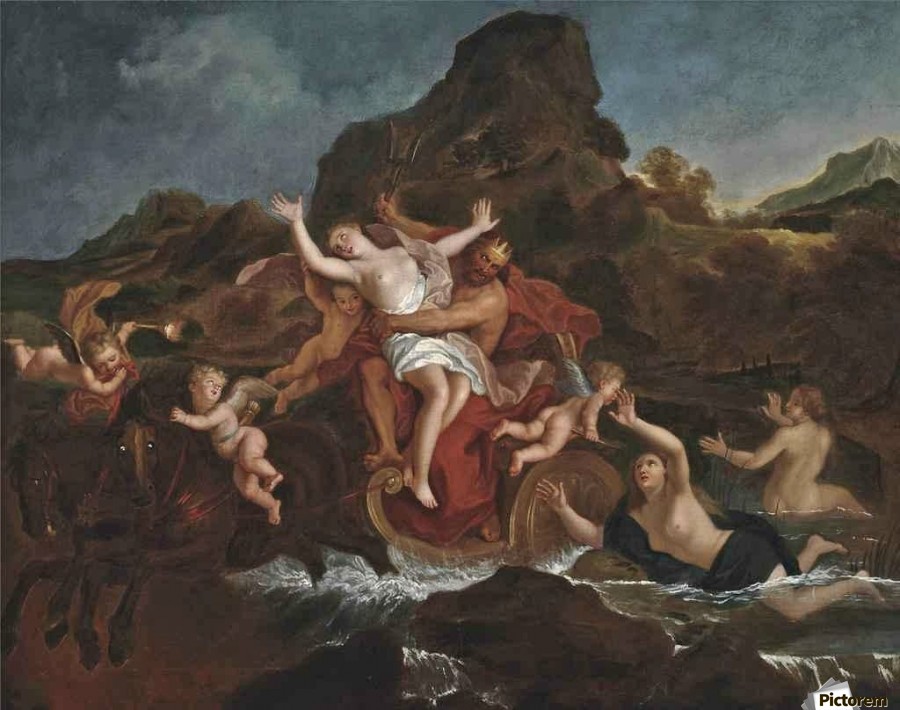
I do have a few criticisms of ‘The Riddle of Resurrection’, most notably the lack of a more thorough treatment of Persephone, the best known ‘dying and resurrecting goddess’. While the Greek queen of the underworld is mentioned several times in the book her myth not only deserves more examination but it could help to illuminate the latest understanding of Dumuzi’s fate. At the same time Mettinger also pretty much ignores the completely human characters in mythology who journey to the underworld and return, like Orpheus and Odysseus. In his conclusions Professor Mettinger decides that the category of ‘dying and resurrection gods’ is a valid one, one worthy of study. And if you’re interested in mythology and ancient cultures, in the way that old beliefs have evolved into our current religions then you’ll certainly find ‘The Riddle of Resurrection’ to be worth reading.
